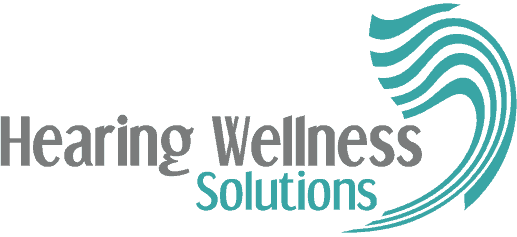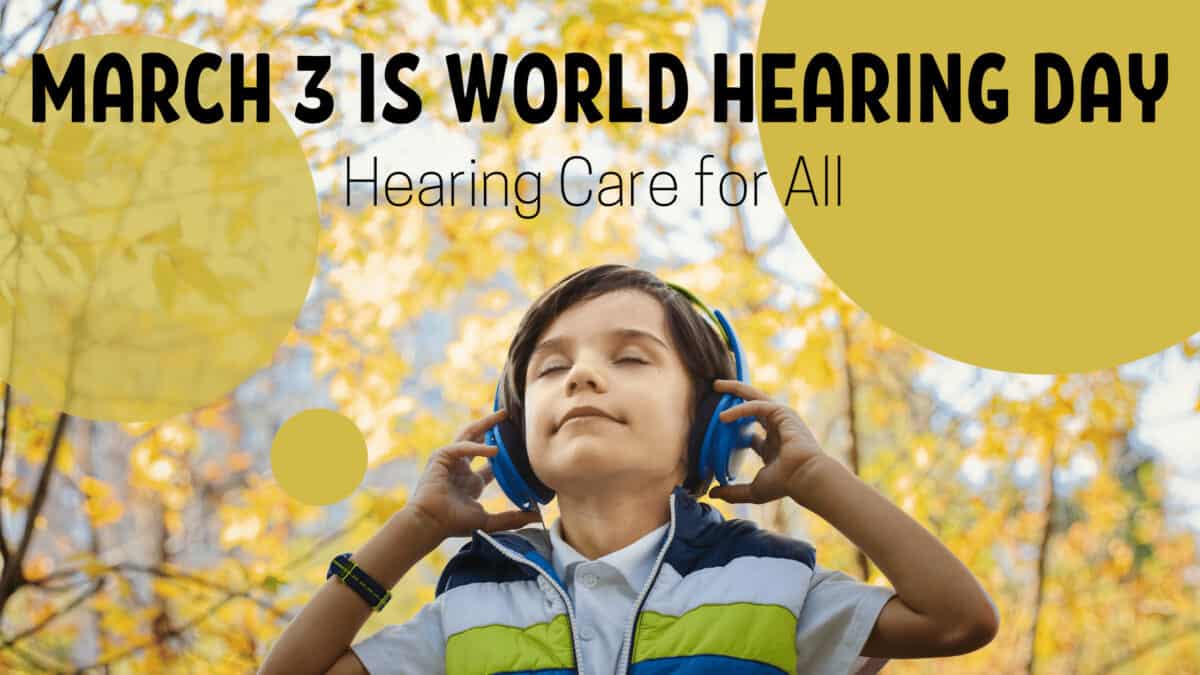A worldwide call to action against untreated hearing loss and the causes of acquired hearing loss across all life stages, World Hearing Day is a time to recognize the effects of hearing loss on quality of life across all societies, economic backgrounds and individual circumstances. Falling on March 3, this year’s theme is “Hearing care for ALL!: Screen. Rehabilitate. Communicate.”
Americans experience a lot of noise! So much so that 48 million of us have noticeable hearing loss. Even as many as 20% of teenagers have measurable hearing loss in one or both ears. Clearly, something needs to change in the way we approach our hearing health.
Frequent Hearing Tests
The Better Hearing Institute, a not-for-profit organization, has recommended that everyone get a hearing test at least once every decade until age 50, and once every three years after that. This should be taken as a minimum requirement, as more frequent hearing tests mean that hearing health can be more closely monitored to watch for signs of abrupt changes in hearing ability before hearing loss becomes problematic.
At Hearing Wellness Solutions, we offer hearing tests and other services including new hearing aids, reprogramming of older equipment, auditory rehabilitation, custom earmolds for hearing protection, in-ear monitoring and swimming, and so much more. Getting regular hearing tests throughout all life stages is the best way to keep track of your hearing health, and we are here to help you find out whether you have hearing loss, and what can be done to prevent further hearing loss and, if necessary, treat your hearing loss.
Many people may not realize that their hearing ability is slightly below what would be considered normal for their age group. While this minor amount of hearing loss will certainly not present challenges in day-to-day life or require the use of hearing aids, it’s important to know that it is there. Then, together, we can look at what areas of your life or aspects of your lifestyle might be contributing to hearing loss.
Custom-Molded Earplugs
Prevention is the best medicine! Custom-molded earplugs are a great option for those who are exposed to excessive noise levels (above 85 dBA for 8 hours, or higher levels for shorter periods of time) as a regular part of life. Hunters and gun enthusiasts; those who are employed in noisy conditions; regular concertgoers; those who use loud power tools or yard maintenance equipment; and those who regularly operate vacuum cleaners or are otherwise exposed to noisy conditions in the house can benefit from the superior protection offered by custom-molded ear protection.
Custom-molded earplugs form a tight seal in the ear, preventing sound from passing through the ear canal except through a small attenuator, chosen based on the level of noise to which you expect to be exposed. Some people may wish to have more than one attenuator for different activities, such as a solid plug for motorcycle riding and shooting, and a -15 dBA attenuator for attending concerts. The advantages to custom-molded versus mass-produced reusable earplugs are several:
- More comfortable to wear for longer periods of time
- Safer—cannot be inserted into the ear any further than the mold dictates
- Tighter seal ensures effectiveness to the specified degree of attenuation
- Better sound—all frequencies are attenuated equally, so music doesn’t become too “boomy” when wearing them.
Additionally, there are digital forms of hearing protection heavily favored by musicians and hunters alike. With features like auto dimming, these digital ear plugs will allow you to hear with perfect clarity, and then dim as soon as you are exposed to hearing levels that exceed safe thresholds. Both traditional custom ear plugs and digital options, are available by calling our office and scheduling an appointment to review which options would be best for you!
Diet
The Brigham and Women’s Hospital recently concluded a study, finding that those who ate an “anti-inflammatory diet,” such as the Alternate Mediterranean Diet (AMED) or Dietary Approaches to Stop Hypertension (DASH), were at a significantly reduced risk for acquiring hearing loss over a 4-year period, around age 60. The researchers said this study was particularly compelling because this is the age group when hearing loss is frequently starting to set in, but is not yet noticeable. The suggestion is that an anti-inflammatory diet can help prevent further hearing loss, if hearing loss is detected in a hearing exam. If you’d like more information about how diet and hearing health go hand-in-hand, check out one of our helpful blogs for more information!
Keep the Volume Down!
When Sony introduced its Walkman personal listening device in the early 1980s, audiologists and researchers the world over began issuing warnings about listening to music at loud volumes through speakers located so close to the ears. While the Walkman presented a threat to public health, today’s personal listening devices have the potential to be even louder!
That’s why it’s more important than ever before to keep the volume down. While it is difficult to measure the levels you may be experiencing with headphones on your personal listening device, a good rule of thumb is to set the volume “just loud enough” to be able to hear clearly without a lot of background noise. If you’re regularly in a noisy environment and curious to what the dB rating is, try an app on your phone and put the sound to the test! If you find it is above a safe threshold, try hearing protection or turning the volume down.

